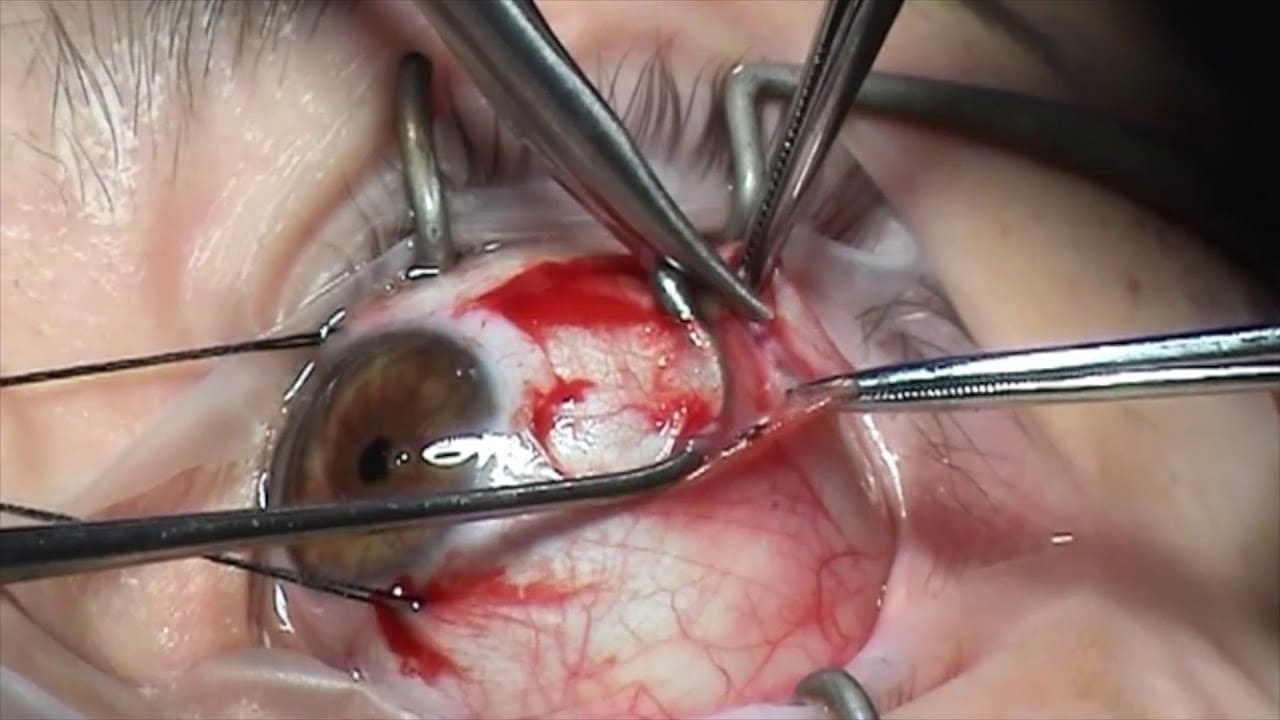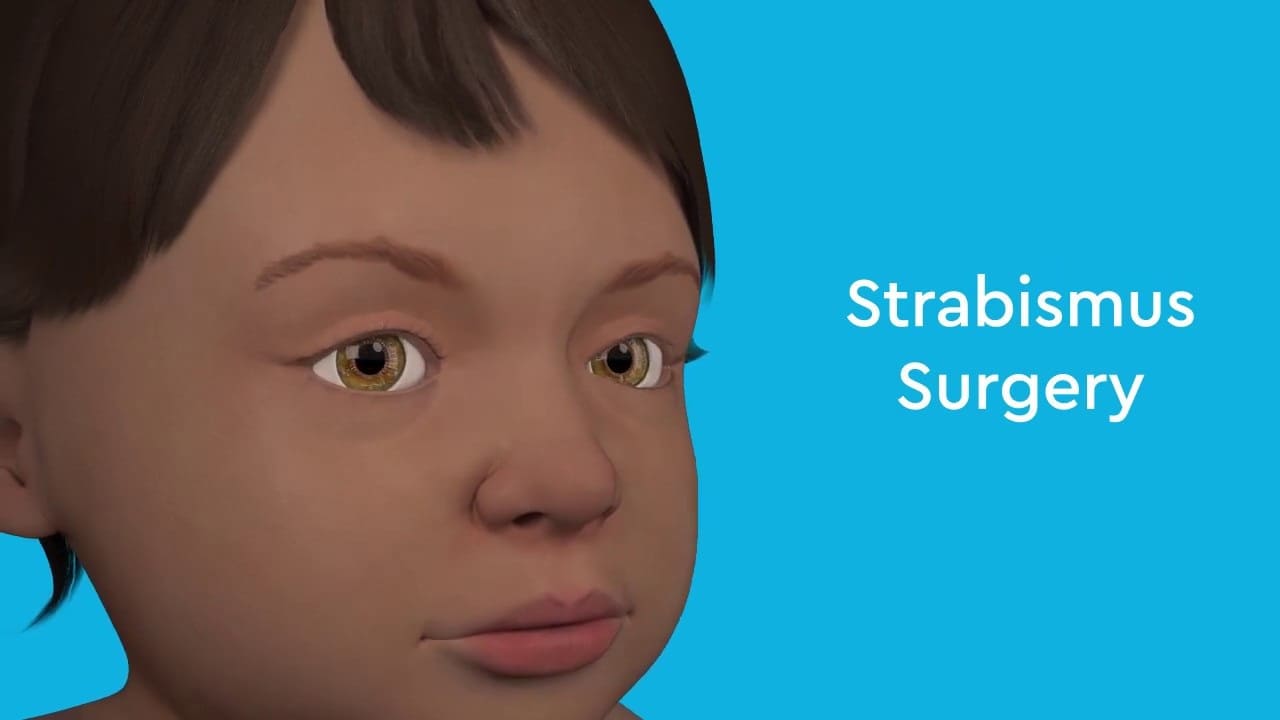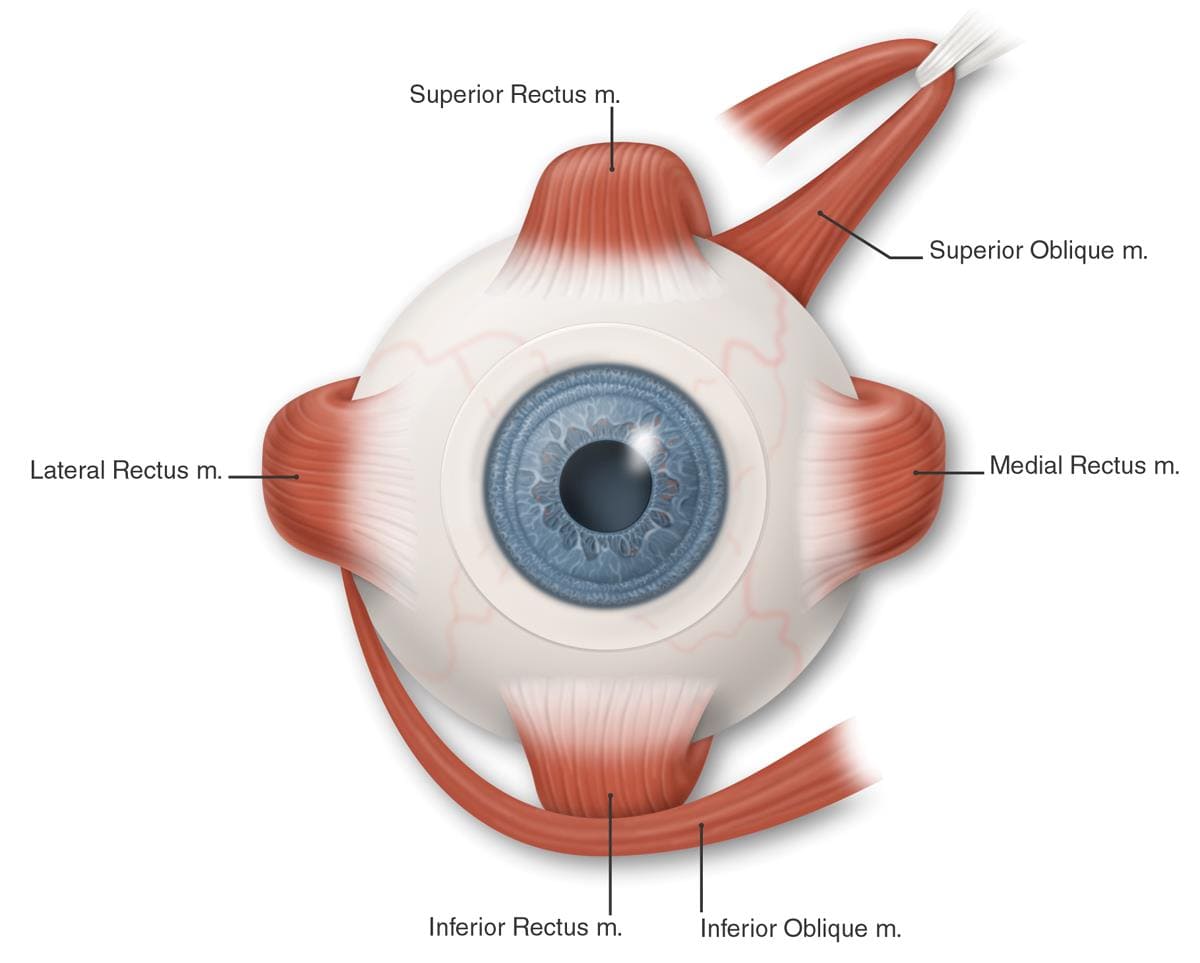Eye Muscle Repair Surgery
07
Mar
2022
What is Eye Muscle Repair Surgery?
Eye muscle repair surgery is a procedure that fixes a muscle imbalance in the eyes. The muscle imbalance makes the eyes cross inward or outward. This condition is called strabismus. People with strabismus have eyes that do not line up properly. This causes the eyes to look in different directions. It is crucial to treat strabismus as early as possible to avoid lifelong vision problems. In fact, vision loss can become a permanent disability if treatment is not received immediately.
Eye muscle repair surgery helps to realign the eyes so that both point in the same direction. This procedure is most often performed on children with strabismus, but it might also be performed to help adults with eye muscle problems.
Some people manage to overcome strabismus by doing eye exercises or by wearing eyeglasses. Eye muscle repair surgery is a solution for those who do not show improvement through non-surgical means.

How Do I Prepare for Eye Muscle Repair Surgery?
You will undergo a complete physical and eye examination prior to eye muscle repair surgery. The doctor will take note of any previous treatments used to fix your eye muscle problems. They will also do eye measurements and determine which muscles are weaker or stronger than they should be.
About seven to ten days prior to your surgery, you will need to stop taking medications that could increase your risk of bleeding. Medicines in this category might include:
- Aspirin
- Ibuprofen
- Naproxen sodium
- Warfarin
- Heparin
- Clopidogrel

Make sure you tell your doctor about any other prescription drugs, over-the-counter medications, or supplements you might be taking.
Fasting before the surgery is often needed to avoid adverse reactions to the anesthesia, like nausea and vomiting. Your doctor will inform you when to have your last meal, based on the time of your surgery.
Children generally undergo eye muscle repair surgery with a general anesthetic. This puts them to sleep throughout the procedure so they do not feel any pain. Adults who need eye muscle repair are usually treated with a local anesthetic that numbs the eye.
What Do I Expect During Eye Muscle Repair Surgery?
The surgeon will make a tiny incision in the clear membrane that covers the white of your eye. This membrane is called the conjunctiva. Once the surgeon has access to the eye muscles, they will either shorten or stretch them as required to properly realign your eye. The complete procedure takes about ninety minutes.
To shorten and strengthen the muscles, the surgeon will remove a portion of the muscles or a nearby tendon. This process is known as a resection. When the muscles need to be weakened, they are stretched and reconnected to a point farther back in your eye. This is called a recession.

Some people with strabismus require surgery in only one eye, while others might need to repair both eyes. One or more muscles in the eyes could be repaired during the same surgical procedure.
What Are the Risks of Eye Muscle Repair Surgery?
Excessive bleeding and infection are potential risks of any type of surgery. You could reduce your risk for heavy bleeding by following your doctor’s instructions regarding blood-thinning medications before the procedure. Keeping your incisions dry and clean will also help prevent an infection from happening after surgery.
In rare cases, eye muscle repair surgery could cause double vision and eye damage.

What Happens After Eye Muscle Repair Surgery?
Eye muscle repair surgery is generally an outpatient procedure, which means you could go home the same day as the surgery. Your eyes will probably feel scratchy and painful for a few days after the surgery, but it is important to avoid touching or rubbing your eyes. Keeping your eyes free of dirt and other irritants is of the utmost importance to prevent infection. Your doctor might prescribe antibiotic eye drops or ointments as a precautionary measure.
You will need to meet with your doctor approximately one to two weeks after your eye muscle repair surgery. At this point, you should feel more comfortable and your eyes should look normal.
In some cases, follow-up treatment might still be required for vision problems, as strabismus could lead to impaired vision in some people. Even though the eye muscles are corrected surgically, vision loss could remain. You will still need to continue wearing eyeglasses and contacts for vision problems, like near-sightedness, farsightedness, or astigmatism.
Children who have poor vision as a result of strabismus might need to continue wearing an eye patch following eye muscle repair surgery. The length of time it must be worn depends upon the severity of the condition. Eye patches are used when one weak eye results in crossing. Patching the strong eye, even after the surgery, helps stimulate the weaker eye. The patch also helps a child’s brain develop more completely in the area that manages vision. Your child might need to wear an eye patch for at least two hours per day to strengthen a weak eye.
Hill Regional (HRH) Hospital is here to assist all your medical needs with specialists and surgeons trained and experienced in the most advanced treatments. Our highly qualified doctors, nurses, and administrators are dedicated to caring for you with compassion in our state-of-the-art facilities.
Call us on 254-580-8500 to book an appointment with our specialist doctors.